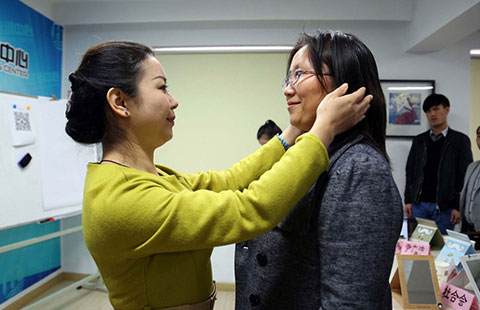Acquiring knowledge, building strength
By Cecily Liu in London (China Daily) Updated: 2015-09-08 08:13Many Chinese companies have set up joint R&D projects with European universities, leveraging the expertise of these universities' researchers. Once new research is developed on campus, the companies take the technology into their own laboratories for product commercialization.
One example is the participation of Huawei in the University of Surrey's 5G Innovation Center, launched in 2013, as a founding member and industry partner. It is investing 5 million pounds ($7.61 million) in the center.
The University of Nottingham is also conducting R&D for electric and hybrid vehicles with Chinese automotive manufacturer FAW Group Corp, focusing on thermal management and improving thermal efficiency.
But many challenges remain.
In terms of acquiring R&D capability through mergers and acquisitions, it is crucial for Chinese firms to understand how much of a target's technology and R&D capability is included in the blueprint of contracts, said Fu Xiaolan, professor of technology and international development at the University of Oxford.
In addition to the codified knowledge that can be specified in contracts, it is vital to understand there may be "passive knowledge"-experience and knowledge held by senior managers and key employees of a company-that is worth trying to acquire, too, Fu said.
- 2015 China International Fair for Investment and Trade kicks off in Xiamen
- China's commodity imports robust in Jan-Aug period
- China stocks rebound 2.92%
- 2015 China box office already past 2014 total
- China foreign trade decline widens in August
- Interview: JP Morgan's senior executive bullish on China
- Innovation, development the focus for NZ mayors
- Lives of freelancers

















